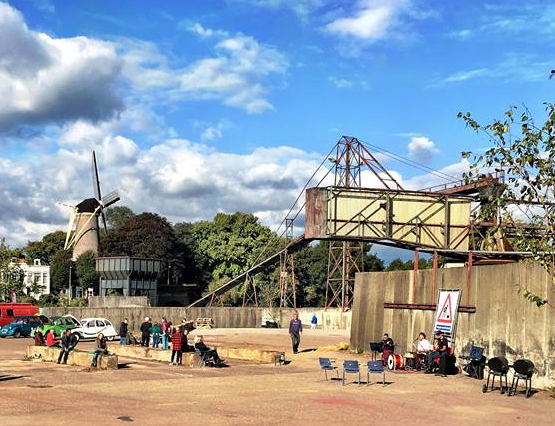“This paper offers a response to a claim in Planning Theory that “there is no planning—only planning practices“.
“When a highly esteemed colleague as Prof Alexander looks back at his distinguished career and observes a stockpile of problems in the planning discipline, to the extent that both planning and planning theory seem to lose their unity and validity (Alexander, 2016), there is ample reason to listen”.
What exactly then is the problem? Is planning facing a deep crisis, and might it be on the verge of vanishing, as philosophy has left us, as the novel has been declared dead, together with God? Well, for many, God, philosophy and the novel are very much alive, and the proclamations of existential threat are usually marks of a transitional stage, not the end. Even the boogeyman of neo- liberalism did not kill planning, nor did the competition with other expert groups. What seems at stake here is the soul of planning in a very modernist understanding of the field; a field where modernist philosophies lingered on much longer than in neighboring disciplines and fields (Van Assche et al.,2014).
What, indeed, looks highly unlikely at the moment is a degree of cohesion in theory and practice which can only exist in a modernist phantasy of planners assisting governments to optimize spatial organization in a scientific, that is, unambiguous manner. In this myth the plan is endowed with magical powers of coordination, leading to its own implementation, and where power/knowledge dynamics suddenly stops after the planner enters the room.
This enduring bewitching by modernism one can easily discern in planning theory and praxis. One can see it in the continuous confusion of analytic and normative statements within and beyond academia, in the general lack of reflection on normativity, in the overly high expectations of theory, as somehow able to tell practitioners what to do. It is present in the courses on planning ethics, which pretend to know what correct behavior is, without even trying to engage with the variety of ethical theories. The witchcraft is at work among the adepts of collaborative planning, where many still expect to find a magical formula which reveals the ultimate balance between participation and representation, in procedures enabling the perfectability of space and society…..”
The full article can be downloaded here



